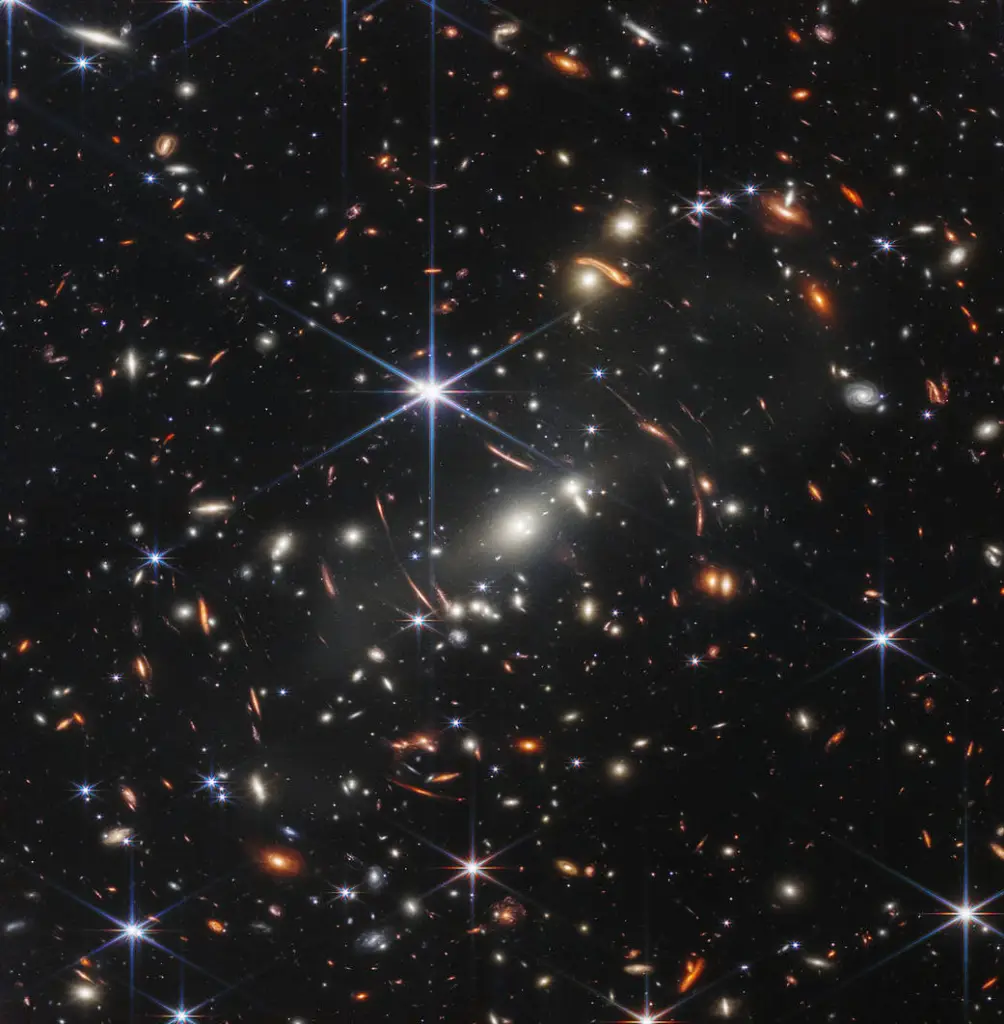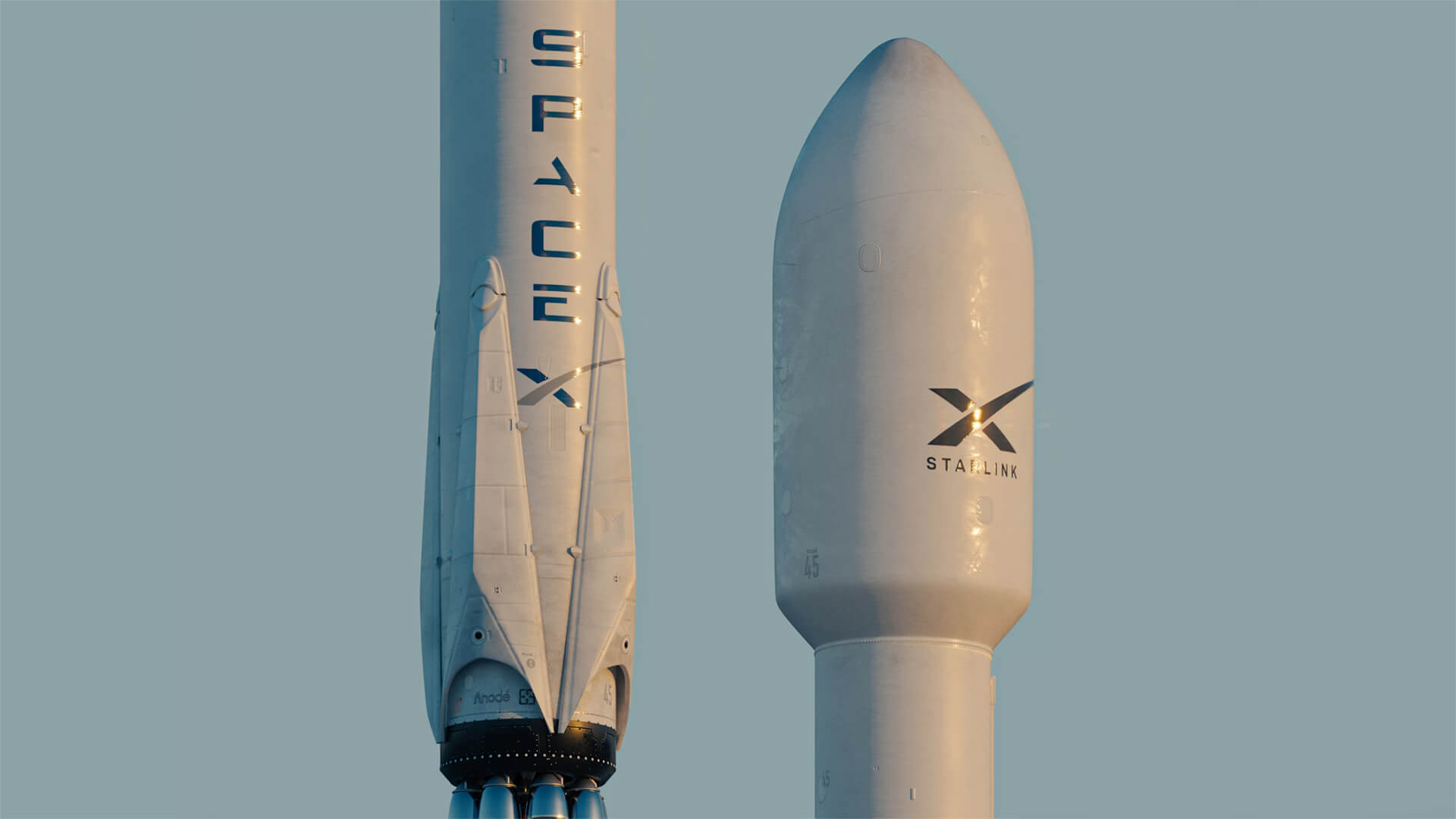The James Webb Space Telescope has achieved a groundbreaking milestone: capturing the first-ever direct image of a newly discovered exoplanet. Known as TWA 7b, this Saturn-mass world lies approximately 111 light-years from Earth and marks a significant leap forward in our search for planets beyond our solar system.
What Makes TWA 7 b Special?
TWA7b orbits the young star TWA7 and is roughly the mass of Saturn, making it the lightest planet ever directly imaged by Webb. Using a coronagraph on the MRI instrument, Webb blocked out the star’s glare to reveal this faint companion in the star’s R2 ring.
How Webb Captured It
- Expanding exoplanet science: Direct imaging of planets helps measure properties, atmosphere, and orbit directly, without indirect methods.
- Young planetary systems: TWA7b orbits a young star, offering insight into planet information and evolution in the early stages of system development.
- New benchmarks: Being the lightest planet captured this way sets a new standard for Webb’s detection sensitivity and marks progress toward imaging smaller, Earth-like worlds.
What Comes Next?
Scientists will conduct follow-up observations to confirm the planet and refine its properties. They’ll analyze its spectrum to detect atmospheric components like water vapor or clouds. Webb’s success with TWA7b also paves the way for imaging other young and nearby systems.
Webb’s capture of TWA7b represents a significant step in exoplanet exploration–directly imaging a planet as light as Saturn, not just massive gas giants. It highlights Webb’s potential to uncover new worlds and brings us closer to visualizing Earth-like planets around distant stars.



